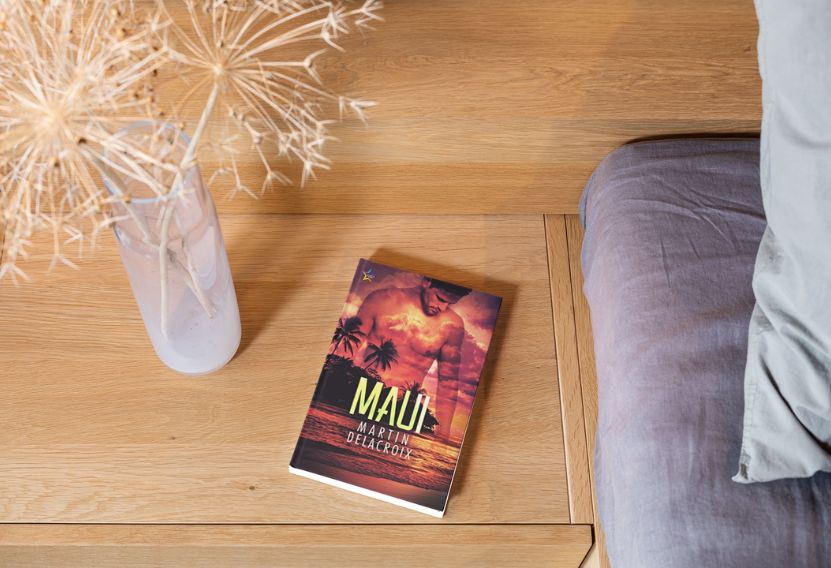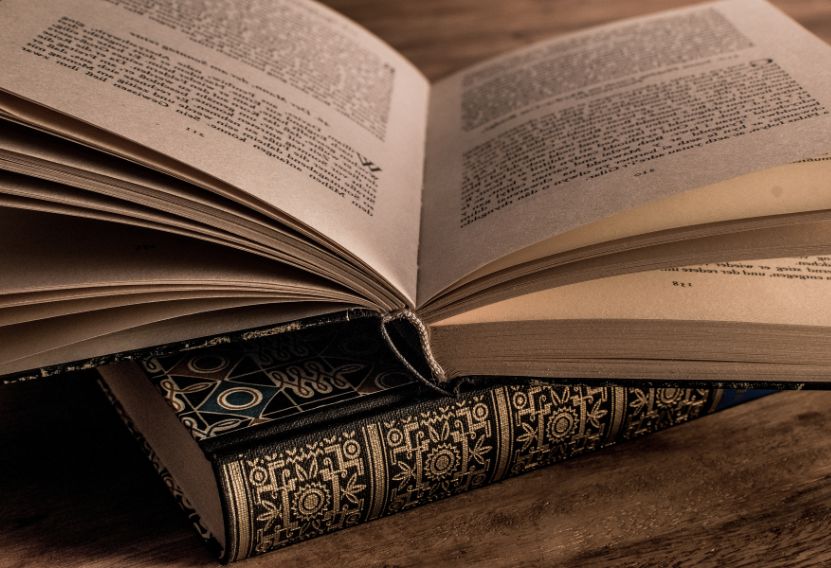In the literary world, where vivid storytelling and cultural exploration intertwine, “Maui” by Martin Delacroix stands as a notable contribution. This piece delves into the essence of the book, providing a comprehensive review while exploring its thematic and stylistic elements. Delacroix’s work is not just a narrative; it’s a journey through the lush landscapes of Maui, intertwined with the complex human emotions and cultural depth that define the island.
Author and Context

Martin Delacroix is known for his evocative storytelling and ability to capture the spirit of a place. In “Maui,” he channels his experiences and observations into a rich tapestry of words that bring the island’s culture, history, and beauty to life. The book is set against the backdrop of Maui’s stunning natural scenery and delves into the complex interplay of relationships, heritage, and personal discovery.
Narrative and Style
Delacroix employs a descriptive, fluid narrative style that immerses readers in the sensory and emotional experiences of the characters. The prose is lush and vivid, painting each scene with a level of detail that feels almost tangible. This immersive style is one of the book’s strengths, allowing readers to feel the warm breezes, hear the rustling leaves, and sense the emotional currents that run through the story.
Themes and Representation

At the heart of “Maui” are themes of identity, belonging, and change. Delacroix explores these through his characters’ interactions with each other and their environment. The book examines how the place we call home can shape our identity and how sometimes, finding where we belong requires a journey back to our roots. The representation of Maui’s culture and history is handled with care and respect, adding layers of depth to the narrative.
Character Development and Interaction

The characters in “Maui” are crafted with complexity and depth, each with their own journey and growth throughout the story. Delacroix skillfully portrays their internal conflicts and evolution, making them relatable and real. The interactions between characters are charged with emotion and often reflect larger cultural and personal themes, making the personal stories echo with broader, more universal truths.
Critical Analysis

“Maui” is more than just a story about an island; it’s a reflection on the human experience. Delacroix’s writing is both beautiful and thought-provoking, weaving together the personal and the universal in a way that resonates with readers. While the book is a celebration of Maui’s culture and beauty, it doesn’t shy away from addressing the complexities and challenges that come with change and cultural intersection.
Evocative Setting and Descriptive Mastery

“Maui” is set against the vibrant and diverse backdrop of Maui, Hawaii, known for its breathtaking landscapes and rich cultural history. Delacroix does not merely describe the setting; he transports readers into the heart of the island. Through detailed descriptions of the lush valleys, pristine beaches, and historic towns, the setting becomes a living, breathing character in its own right. The author’s descriptive mastery allows the reader to experience the sensory delights of the island—the taste of fresh fruit, the sound of the ocean, the feel of the sun on your skin—all contributing to a deep sense of place that is crucial to the story’s impact.
Cultural Depth and Historical Reflections

Delacroix’s portrayal of Maui is deeply rooted in an appreciation of its cultural and historical significance. The book doesn’t just present a postcard picture; it delves into the complexities of Maui’s past and present, from the traditions of its Indigenous people to the influences of various cultures that have come to call the island home. The author’s careful research and thoughtful representation of these elements offer a respectful and insightful look into the factors that have shaped Maui’s identity. This attention to cultural detail enriches the narrative, providing a layered and nuanced perspective that encourages deeper understanding and reflection.
Emotional Resonance and Universal Appeal

One of the most compelling aspects of “Maui” is its emotional resonance. Delacroix has a unique ability to capture the intricate web of human emotions and relationships. The characters’ struggles, joys, and transformations are portrayed with a raw honesty that strikes a chord with readers. The book touches on universal themes of love, loss, discovery, and redemption, making it relatable to a wide audience. The emotional journey of the characters mirrors the physical journey through the island, creating a powerful narrative that speaks to the heart of the human experience.
Literary Contributions and Criticisms

In the literary landscape, “Maui” stands out for its rich storytelling and profound thematic exploration. Delacroix’s work contributes to a deeper understanding of the relationship between place and identity, offering a narrative that is both enlightening and entertaining. However, no work is without its criticisms. Some may find the detailed descriptions too elaborate, possibly detracting from the pacing of the story.
Others might seek a more critical look at the challenges facing Maui, including tourism’s impact on the island’s environment and culture. Despite these critiques, the overall reception of “Maui” is overwhelmingly positive, with readers and critics alike praising its depth, beauty, and emotional impact.
FAQs

What inspired Martin Delacroix to write “Maui”?
Martin Delacroix was inspired by his own experiences and the profound connection people have with places that hold cultural and personal significance. His fascination with the rich history, diverse culture, and stunning landscapes of Maui led him to create a narrative that explores these themes deeply.
Does “Maui” incorporate any historical events or figures from the island’s past?
While “Maui” is primarily a work of fiction, it does draw inspiration from the island’s rich history. The narrative weaves in elements of Maui’s past, including references to historical events and figures, to enrich the story and provide a deeper understanding of the island’s cultural heritage.
How does the author handle the depiction of native Hawaiian culture and issues?
Delacroix approaches the depiction of native Hawaiian culture with respect and sensitivity. He conducted thorough research to accurately represent the traditions, values, and issues facing the native Hawaiian community. The book aims to provide a respectful and insightful portrayal while also shedding light on contemporary challenges.
Are there any recurring symbols or motifs throughout the book?
Yes, “Maui” features several recurring symbols and motifs that enhance its thematic depth. Nature, particularly the ocean and the landscape of Maui, acts as a powerful symbol reflecting the characters’ emotions and journeys. Additionally, motifs of journey and discovery are prevalent, symbolizing the characters’ personal growth and exploration of identity.
Can “Maui” be considered an eco-critical work?
While not explicitly an eco-critical work, “Maui” does touch upon environmental themes and the relationship between humans and nature. The narrative prompts reflection on the impact of human activity on the natural world, especially in the context of a place as ecologically diverse and vulnerable as Maui.
How has “Maui” been received by the literary community and readers?
“Maui” has been well-received for its evocative storytelling, rich character development, and vivid setting. Critics and readers alike have praised its deep exploration of cultural and personal identity, its respectful portrayal of Hawaiian culture, and the emotional depth of the narrative. While individual responses vary, the overall reception acknowledges the book as a significant literary contribution.
Final Reflections
In conclusion, Martin Delacroix’s “Maui” is a multifaceted literary work that offers much more than a simple story. It is a deep, evocative exploration of place, culture, and the human spirit. The book’s rich narrative, complex characters, and thematic depth make it a compelling read for anyone interested in a meaningful literary experience.
Whether you are drawn to the stunning setting, the cultural insights, or the emotional journeys of the characters, “Maui” provides a fulfilling adventure that resonates long after the last page is turned. As both an educational tool and a literary piece, it stands as a testament to the enduring power of storytelling and its ability to transport, enlighten, and inspire.
